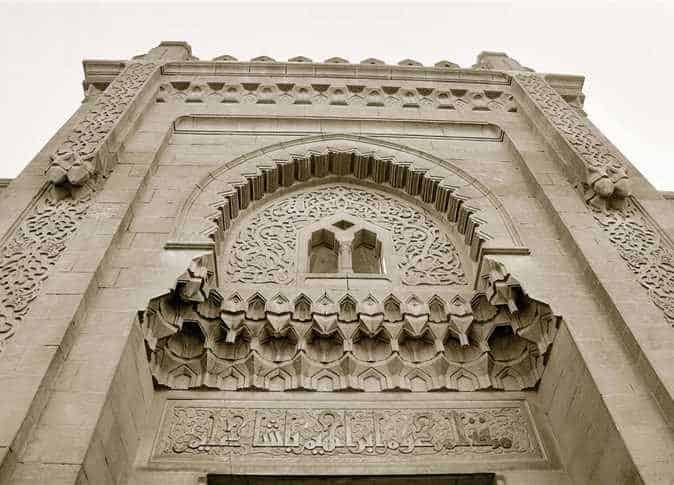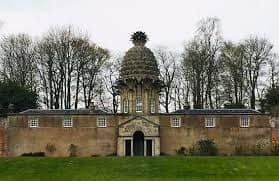Architectural flair with examples
Architectural flair with examples
Architectural flair or architectural taste as rumored stems from the soul of a person, where if the seer carries a special beauty and a high taste in colors, the colors reflect a person’s thought, psyche and the extent of the beauty of his soul, and as some studies have shown that people who grew up in an environment interested in arts and fashion have a good taste While those not saturated with the arts, it will be difficult to make him make art at the front of his architecture.

Colors and what they suggest
The colors are only a mirror of what a person prefers, and when this person is architectural, we see a beautiful harmony of colors with the nature surrounding the architecture, so the colors of the architecture are consistent with the nature or other buildings that make the overall shape harmoniously together without an oddity.
It is strange to build a house in the woods and make it blue or red, but rather it will be a mixture between white and green and a degree of brown, the apparent permanentness of the house will be of wood even if the house is concrete, some small details make a big difference in the final shape of the place.
If strong colors will be used in the interface of architecture built in nature, it must be taken into account that the final form should not be alienating to the eye, but rather these colors should be used in an unfamiliar way that makes those who look at him marvel at his beauty nor that he swears in his ugliness and reduces who designed it.
Architecture interface
The front of the architecture is what separates the architecture from the surrounding environment, whatever it is. Attention to its good design is as important as the importance of interior design, where the architectural taste of the designer appears to everyone through the design of the interface, where in most cases not much can see the interior design. .
The harmony of the façade and its colors with the surrounding environment and its colors create an atmosphere of comfort for the eye, as interest in architectural flair is important.
When the facade is glass or aluminum, it reflects the colors surrounding it, and reflects the nature of the place, especially if the design of the facade is inspired by the nature of the place around it, or from what the residents of the area in which the facility adopts.
Architectural culture determines his taste
Architectural culture is an important factor in his taste, which he uses in his designs, or what other buildings and designs are based on, and this is because if the architect does not have a fine taste or a specific and clear viewpoint, this is difficult when he designs, so his designs are reactionary and inconsistent with the era and its changes.
But if he has a unique taste, this becomes a fertile material for his future ideas and projects that will be based on his general vision of beauty and architectural taste.
Therefore, the architect must differ from the average person to be able to create professional designs for any architecture, whatever the surrounding environment.
Examples of architectural appreciation
Pineapple Dunmore

After the fame of pineapple fruit in Europe and their love for it they managed to grow it there even though it is a tropical fruit through greenhouses, and after it became famous in their community the pineapple symbol was used in European classical architecture, where there is a large figure of pineapple pineapple building on it, and this reflects the blending Nature with architecture in an aesthetic form that does not alienate people.
United Nations building

Due to the construction of the United Nations building on the banks of the eastern river in the United States of America, the building must be compatible with the culture of the state and be consistent with the surrounding environment, so the building has become tall tall with glass facades that reflect the water of the river on its glass, giving an attractive harmony of the building with the surrounding environment.
Read on our website: Digital Development in Software Architecture and Methods of Digital Development







